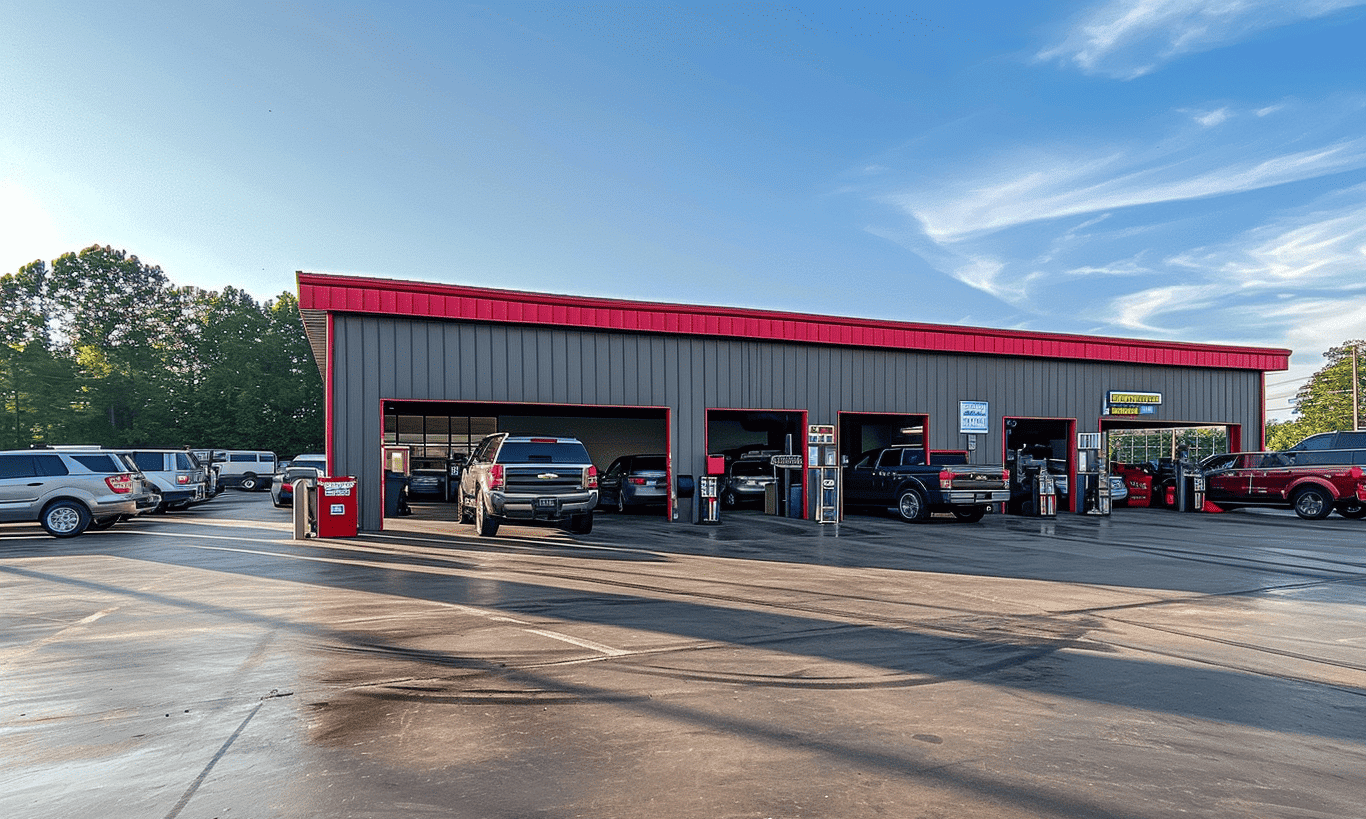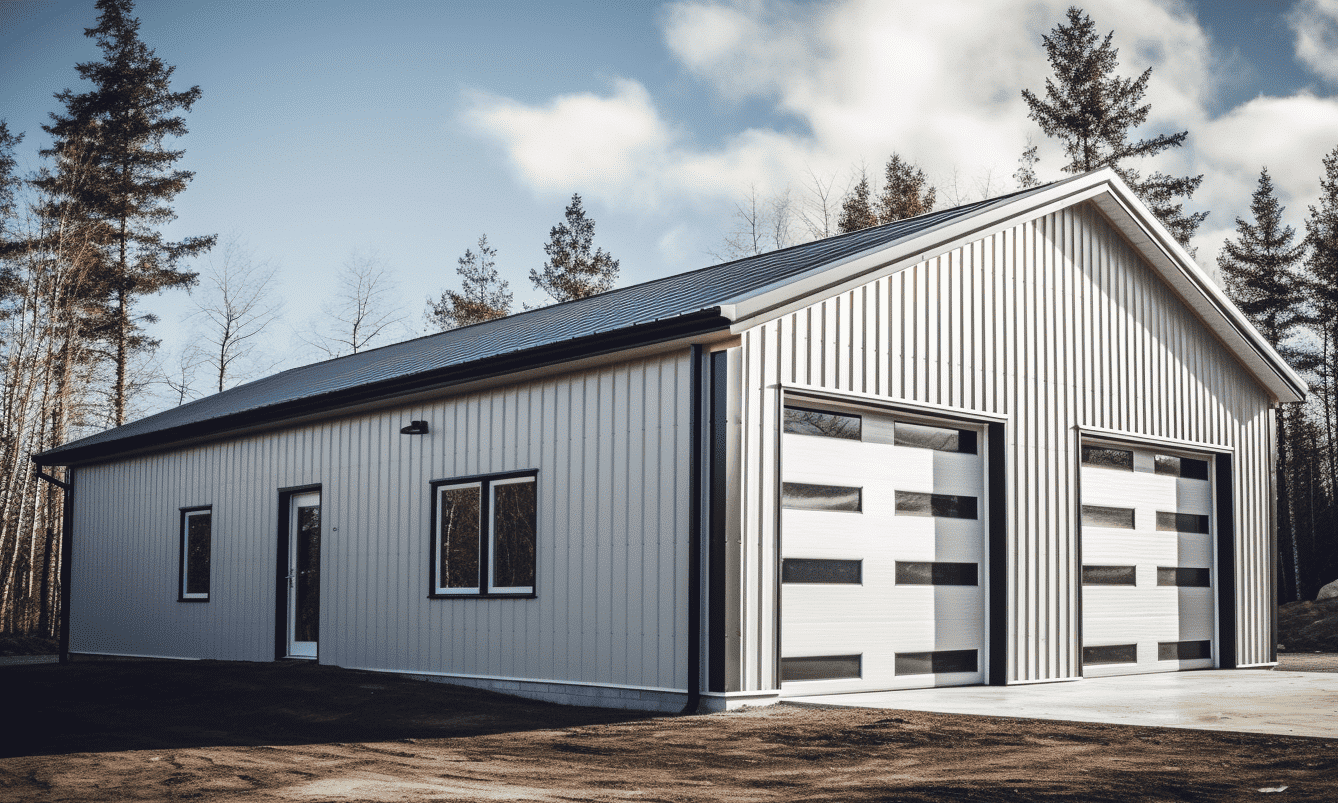In the construction realm, few hazards present themselves as silently yet as perilously as those enclosed within confined spaces. From beneath the concrete jungles to amidst the towering skyscrapers, these limited access areas often demand attention and understanding. But why is confined space safety in construction so crucial?
Let’s approach this topic through the lens of safety protocols, exploring the potential dangers, preventative measures, and essential preparations that can turn a potentially hazardous task into a manageable and controlled situation. Join me on this journey as we navigate the often-unseen perils of construction zones and how the right strategies can keep all parties involved safe.
The Importance of Confined Space Safety in Construction
Confined spaces in construction are workplaces that, by design, have limited entry or exit points and are not meant for continuous occupancy. They could be tunnels, pipelines, shafts, or tanks, all providing essential functions on site but capable of posing unique hazards such as toxic atmospheres, fire risks, and entrapment. As such, understanding and implementing confined space safety in construction is vital to protect workers and maintain site operations.
Let’s imagine working in such a space as akin to diving deep into the ocean. The environment is unfamiliar, there are inherent risks at every turn, and the margin for error is minimal. Without proper safety measures and awareness, it can be a dive into danger.
Understanding the Risks Involved
Every construction site is like a book with many layers, each chapter unfolding newer challenges and risks. These risks multiply when entering confined spaces. Workers are not only dealing with physical restrictions but also the presence of harmful substances or insufficient oxygen, among other threats.
Avoiding these dangers requires a comprehensive risk assessment performed by experts who understand the nuances of confined spaces. They identify potential hazards, establish proper entry and exit procedures, and ensure that the required protective equipment is available.
The Respiratory protection in construction is a crucial aspect of this comprehensive safety net. It protects workers from inhaling harmful dust, vapors, and gases, ensuring their safety during operations.
Safety Measures and Protocols
One cannot overemphasize the importance of adhering to safety measures when it comes to confined spaces. These spaces are fundamentally different from typical construction sites, demanding a strategic approach to safety first and foremost. Key to this are:
**Training and Awareness:** Workers should be adequately trained, understanding the nature of confined spaces and the specific risks they pose. Safety training, drills, and regular educational sessions increase awareness and preparedness.
**Permitting and Protocols:** No entry into a confined space should proceed without the proper permitting and protocols, which control who enters, the duration of their presence, and what tasks are performed.
For example, the Lockout/tagout procedures ensure that all potential energy sources are adequately shut off and marked. This step is necessary to prevent accidental energy release during maintenance or repairs within a confined space.
**Monitoring and Communication:** Continuous communication and monitoring during operations inside a confined space are essential. Two-way communication devices and external supervision are crucial to ensure that, should an issue arise, help is promptly on hand.

Regulations and Guidelines
Adherence to regulations is not just about compliance; it is about safety and saving lives. The Government of Canada – Confined Space Safety provides guidelines and frameworks to ensure a safe working environment for all involved in construction-related activities.
Abiding by these regulations means implementing mandatory checklists, maintaining comprehensive safety records, and conducting regular audits and inspections. Non-compliance is not an option when lives could be at stake.
Role of Supervisors and Team Leaders
Leadership plays a significant role in enforcing confined space safety strategies. Project managers, supervisors, and team leaders must lead by example, implementing safety protocols and ensuring that the safety culture permeates throughout the team. They are responsible for continuous risk assessments and for adapting safety measures as site conditions change.
This responsibility extends to ensuring that confined spaces, like the Building Foundation, are constructed and maintained in line with safety expectations, reducing hazards and promoting safety on site.
Ensuring Worker Safety with Proper Equipment
The provision and use of the correct equipment cannot be overemphasized in confined space safety in construction. Each piece of equipment must be suitable for the task and maintained according to safety standards.
**Protective Clothing and Gear:** Workers entering confined spaces must wear suitable protective gear, including helmets, gloves, and eye protection, tailored to the specific conditions of the site.
**Ventilation Systems and Respirators:** Sufficient ventilation systems mitigate dangerous gases and maintain breathable air levels. In addition to these systems, respirators and other breathing aids must be accessible and used where needed.
For a more holistic view of construction safety measures, including how Your Building Team ensures excellence and safety on every project, visit Your Building Team.
Emergency Response Planning
A robust emergency response plan is as essential as any other safety measure. Preparedness for potential rescues and incidents ensures that, should things go awry, interventions are swift and effective.
Regular emergency drills reinforced by training sessions ensure the team is ready to handle emergencies that could arise from, or occur within, these challenging environments.
In Conclusion
Confined space safety in construction is, without a doubt, a pressing priority for safety-conscious construction firms. The inherent risks demand attention, awareness, and appropriate preparation. By ensuring that safety protocols are engrained and meticulously followed, the potential dangers can be significantly minimized, resulting in safer working environments and more successful projects.
Through continuous education, adherence to regulatory guidelines, use of proper equipment, and preparation of comprehensive emergency plans, confined space safety becomes manageable rather than a looming threat.
After all, every worker deserves to step out of those confined spaces with the same health with which they entered—a testament to the power of diligent safety practices.










